Propel provides innovative insurance solutions to thousands of companies across the country. We make it our business to know your world inside and out.
Senior Care, Terrorism
Healthcare Facilities: The Active Shooter Threat
Are you prepared if an armed intruder makes his way into your healthcare facility? What would you do if the intruder became an active shooter?
In the last 5 years there have been more than 15 high casualty active shooter incidents. Earlier this month, an armed intruder entered a Texas VA hospital becoming an active shooter when he shot and killed a staff doctor on the fourth floor of the facility. In a majority of cases, the resolution of active shooter incidents occurs with the perpetrator either turning the gun on himself or being fatally wounded by police. In the Texas event, the shooter turned the gun on himself though armed with three additional magazines.
The Department of Homeland Security (2014) defines an active shooter as “an individual engaged in killing or attempting to kill people in a confined and populated area; in most cases, active shooters use firearms and there is no patter or method to their selection of victims.”
With the increased risk for this crime, it is imperative that facilities are prepared with a response plan in place and adequately trained employees. Below are a few questions to help generate discussion among facility management:
- Are terms and concepts related to a hostile act within a facility clearly defined?
- Does the facility offer training in which staff executes the established response plan to practice controlling anxiety, thus increasing the likelihood of survival?
- Has training for staff provided an understanding of how one act may evolve into another?
- Does facility management understand the importance of a state of preparedness?
- Have case studies been reviewed to identify trends in active hostile events?
- Is staff trained to protect themselves and patients in the event that an armed intruder enters the facility?
- Has facility management discussed the logistical, emotional and psychological challenges that an armed intruder or active shooter event generate?
- Is there an understanding of the increased stress and anxiety that comes with a hostile event and appropriate coping mechanisms offered?
Awareness, a firmly established response plan and scheduled training can help staff and residents remain safe and alive during an active shooter event.


